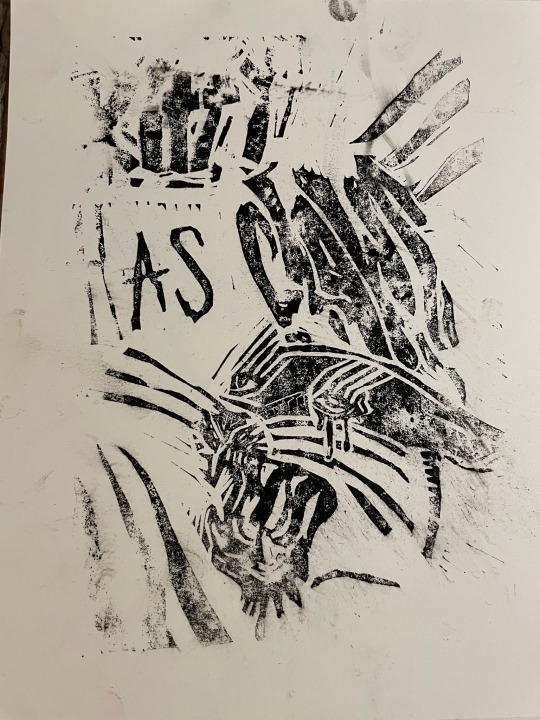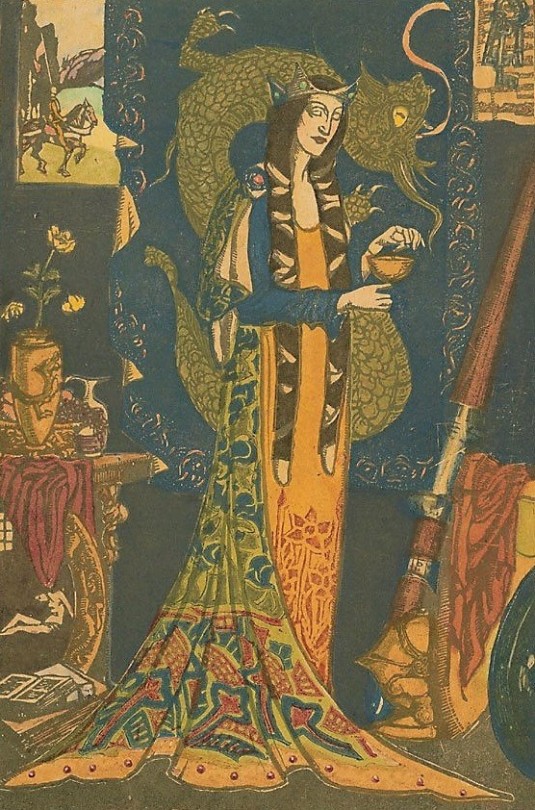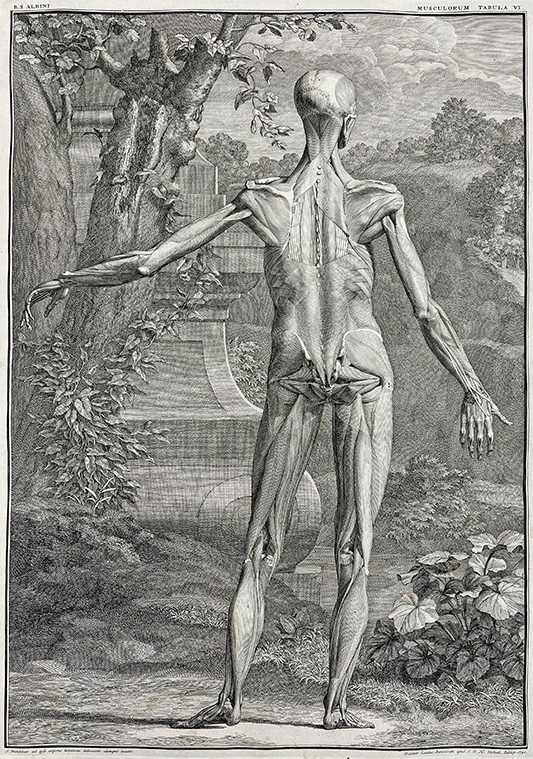#SIUE
Text



Southern Illinois-Edwardsville
#Southern Illinois-Edwardsville#SIUE#SIUE Cougars#volleyball girls#college volleyball#athlete#female athletes#college athlete#college girl#bikini#athletes in bikinis
736 notes
·
View notes
Text
My Alma Mater had to call off a baseball game early last night due to - get this - fog.

Game finished as a 3-3 tie. It will not be resumed at a later date.
5 notes
·
View notes
Text
TRIPTYCH EMBODYING 3 EMOTIONS

gratefulness

hypervigilance

yearning
0 notes
Video
undefined
tumblr
SIUE: Web Search
Jan 1997
Archived Web Page
1 note
·
View note
Text
With the news that Missouri State University is leaving the Missouri Valley Conference (MVC or The Valley) to join the Conference USA (C-USA) in 2025, who will take their place in The Valley, if they decide to replace Missouri State?
With the Bears departing The Valley, the MVC will have no Missouri-based teams despite having its league HQ there.
[...]
I have a couple of plausible candidates: Southeastern Missouri State (SEMO) and Southern Illinois University Edwardsville (SIUE).
SEMO
Advantages:
Football program that is somewhat respectable, but not in the best shape.
Instant rivalries with SIUC and Murray State.
Keeps a foothold in Missouri for the MVC.
Disadvantages:
A 3rd team in the Cape Girardeau/Paducah/Carbondale DMA (SIUC and Murray State are also in the DMA).
No men’s soccer team.
SIUE
Advantages:
Former associate membership in Soccer, since their main conference (Ohio Valley Conference/OVC) didn’t sponsor it until recently.
A potential budding rivalry between SIUE and SIUC in Carbondale for the Battle of SIU Rivalry.
They could also have potential rivalries with Bradley and Illinois State University (ISU).
An actual presence in the St. Louis DMA, as it would be near their league HQ in St. Louis.
Disadvantages:
Football program is nonexistent.
Basketball program is low-mid-major.
My recommendation would be SEMO, since it is a Missouri school that has a football program. I’d love for SIUE to be in it, but since they don’t have a football program, they would be at a disadvantage.
Read the full Substack post.
#NCAA Realignment#Missouri Valley Conference#SEMO#SIUE#SIUC#College Sports#Missouri State University
0 notes
Text





Creation of a Mythological Animal
PotatoPug
Snurtle
Squarse
Nightmare
Tortail
0 notes
Text



made a tryptich using photoshop. not my best work but i like this class so far.
0 notes
Text


State proof of Tshirt design. Cougar inspired by vintage SIUe cougar tshirt. I have made some minor edits to the matrix since taking this print. Do you see any edits I should make?
1 note
·
View note
Text


SIU-Edwardsville Cross Country
#SIU-Edwardsville#SIUE#SIUE Cougars#cross country girls#college cross country#athlete#female athletes#college athlete#college girl#bikini#athletes in bikinis
109 notes
·
View notes
Text
btw i have four classes to take before i get my associates. im taking two this semester and two next semester since one class is spring only
#technically i dont have to take that class but if im going to go for a bachelors in a language i think i should take a spanish class…#so spanish 202 it is! and then off to probably siue next year#i say ‘off to’ as if im going to be going somewhere else. i’ll just stay here!#i dont want to have to worry about moving out and starting to pay rent LOL
1 note
·
View note
Text
Un filmato scioccante mostra diversi agenti della Washington University St. Louis che picchiano un professore, lo sbattono a terra e trascinano il suo corpo inerte.
Secondo quanto riferito, il professore di storia della SIUE Steve Tamari è ricoverato in ospedale con costole rotte e una mano rotta. Un medico gli ha detto che è fortunato ad essere vivo.
Le famigerate "democrazie occidentali".
49 notes
·
View notes
Text
MYTHICAL ANIMAL

Hedgehog Deersnake

Bobchamely

Whione

Gratirrel

Goosnakeagle
0 notes
Text


Tried a digital redraw of Christian Waller's Morgan Le Fay, c.1927
She who is first of them is more skilled in the healing art, and excels her sisters in the beauty of her person. Morgen is her name, and she has learned what useful properties all the herbs contain, so that she can cure sick bodies. She also knows an art by which to change her shape, and to cleave the air on new wings like Daedalus; when she wishes she is at Brest, Chartres, or Pavia, and when she will she slips down from the air onto your shores.
—Vita Merlini or The Life of Merlin, c. 1150

"Quarum que prior est fit doctior arte medendi
Excedit que suas forma prestante sorores
Morgen ei nomen didicit que quid utilitatis
Gramina cuncta ferant ut languida corpora curet
Ars quoque nota sibi qua scit mutare figuram
Et resecare nouis quasi dedalus aera pennis
Cum uult est bristi- carnoti- siue papie
Cum uult in uestris es aere labitur horis"
123 notes
·
View notes
Text





Guest Post from John Martin Rare Book Room
Hardin Library for the Health Sciences
When classes visit, I usually set out several books on a particular subject or time period. Students often ask why some of the books are so much larger than others, especially if one of our "elephant" books is out - folios ranging roughly from 55 to 100 cm (22 to 39 in).
This got me thinking about just what our largest and smallest books might be. As of January 2023, the largest and smallest bound books in the JMRBR collection are the 1747 Tabulae sceleti et musculorum corporis human (76 cm/30 in) by Bernhard Siegfried Albinus (1697-1770) and the 1527 Anatomice, sive Historia corporis humani (11 cm/4 in) by Alessandro Benedetti (ca. 1450-1512), respectively.
ALBINUS, BERNHARD SIEGFRIED (1697-1770). Tabulae sceleti et musculorum corporis humani [Diagrams of the skeleton and muscles of the human body]. Printed in Leiden by Johannes & Herman Verbeek, 1747. 98 pages [40 illustrations]. 76 cm tall.
Let's start with our big book of anatomy. Bernhard Siegfried Albinus was a Dutch physician, anatomist, and professor of medicine who lived during the last half of the 17th century and the first part of the 18th. He was part of a physician anatomist family, along with his father, Bernhard Albinus, and brothers, Frederick Bernhard Albinus and Christiaan Bernhard Albinus.
Albinus started his studies at the University of Leiden at the age of 12. He studied under some of the most famous medical minds of the day, including Bidloo and Boerhaave, and eventually in Paris with Frederik Ruysch and Jacques-Bénigne Winslow. Albinus then succeeded his father as the professor of the practice of medicine at the University of Leiden, while his brother Frederick, succeeded Albinus as the chair of anatomy.
Albinus wrote many works, but none were as famous or controversial as the monumental Tabulae. It took twenty-two years to make and a great deal of Albinus's own money. He worked closely with the artist Jan Wandelaar to create the detailed and occasionally whimsical images in the book.
Albinus was driven to execute his vision for the book and was exacting in his work with Wondelaar. The work became so intense that Wondelaar eventually moved in with Albinus to expedite the process. Unlike many anatomists who published before Albinus, he was interested in creating an idealized form of human anatomy, "homo perfectus." This ideal, as Albinus saw it, meant assembling body parts from different cadavers into a single illustration instead of illustrating a single body.
To help maintain proportion and accuracy, Albinus and Wondelaar developed a hanging grid that was placed in front of the skeletons. To allow for close-up observation to capture finer details, a proportionally smaller grid was placed closer to the skeleton. With Albinus intensely controlling the details of the bodies, some have suggested that Wondelaar must have felt creatively stifled. With Albinus focused on the bodies alone, Wondelaar was then free to express his creativity through the backgrounds.
As can be seen in the illustrations above, he included elements of nature and classical architecture, the most famous of which is his scene including Clara the rhinoceros. Petrus Camper, a contemporary of Albinus and fellow famed Dutch anatomist, was Tabulae's greatest critic. He criticized the book for its method of assembling the "homo perfectus," but mostly for Wondelaar's backgrounds. I suspect Camper was no fun at parties.
BENEDETTI, ALESSANDRO (ca. 1450-1512) Alexandri Benedicti, physici, Anatomice, siue, Historia corporis humani ; ejusdem Collectiones medicinales, seu Aforismi [Anatomice, sive Historia Corporis Humani - Anatomy, or the History of the Human Body]. Printed in Paris by Simon Du Bois, 1527. 167 pages. 11 cm tall.
Now on to our tiny tome, Alessandro Benedetti's Anatomice, sive Historia Corporis Humani from 1527. Benedetti was born around 1450 near Verona, Italy. Unlike Albinus, Benedetti was not born into a medical family but rather a farming family. Regardless, he eventually made his way to Padua and earned his doctorate in medicine.
After practicing for many years in Greece, in 1490 he returned to Padua as the Chair of Anatomy and Surgery. Benedetti's lectures were popular attractions for students, other physicians, and the famous. The Holy Roman Emperor, Maximilian I (to whom Anatomice was dedicated) attended a lecture in which Benedetti dissected an abdomen. Along with many medical works, he authored a report on the First Italian War (1494-1495) recounting his observations as surgeon general for the League of Italian Princes (the Italian army taking on the invading French army of Charles VIII).
First printed in Venice in 1502, Anatomice, sive Historia Corporis Humani was a hit in the medical community. It deals with many medical and surgical subjects, including gallstones, the opening of the female urethral glands, the passage of the bile into the duodenum, the treatment of syphilis and blennorrhagia (it sounds bad - and it is: excessive discharge of mucus associated with gonorrhea), and a method for safely cutting out bladder stones.
Most notably, Benedetti includes a description of nasal reconstruction by means of a skin flap taken from the arm. The procedure is the same as the one the Branca family practiced in Sicily in the middle of the fifteenth century. The Brancas kept the operation secret and never published it. If this sounds familiar, that's because Tagliacozzi published this so-called "Italian" method in 1597 in his famous De curtorum chirurgia per insitionem which I profiled in the December 2021 newsletter. This method is most often referenced with Taglicozzi, but Benedetti profiled it almost 100 years before him!
Whereas Albinus's book is all about the illustrations, Benedetti's book focuses on the text. But that does not mean it is without fun imagery. The banner image at the top shows a few examples of the many delightful illustrated initials found throughout, except for the initial A which was left unadorned. Seems like an interesting creative choice. Or did something go wrong and the printer needed a quick replacement?
--Damien Ihrig, curator of John Martin Rare Book Room
34 notes
·
View notes
Text




trying out double exposure for my class
0 notes



